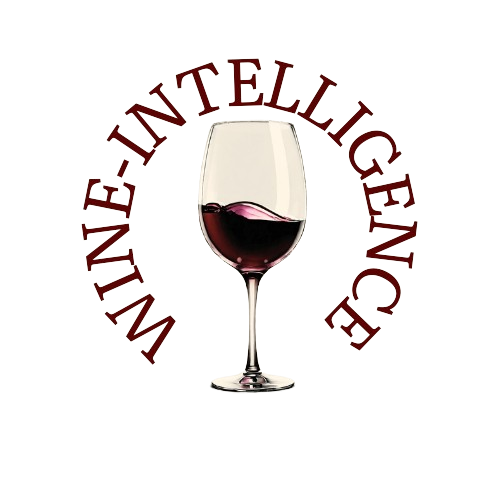The U.S. wine industry is experiencing a significant downturn, according to the latest data from the Wine & Spirits Wholesalers of America (WSWA).
Over the past 12 months, ending in August 2024, distributor sales to more than 450,000 retailers have dropped by 6%. This decline marks a sharp contrast to the optimistic expectations set earlier in the year, particularly by a survey conducted by BMO Financial in May, which surveyed over 600 wineries and indicated a potential rebound in wine demand.
A Bleak Outlook for Wine Sales
While there was initial hope for a recovery, driven by some seasonal factors and stock reshuffling, WSWA's analysis reveals that overall consumption patterns are becoming a growing concern. In-store wine stocks have decreased by 8%, and even spirits have seen a 3.9% drop. The hardest-hit category has been table wines in the $8–$10.99 price range, which have suffered a steep 12.7% decline in both retail and on-trade sales.
SipSource analyst Dale Stratton attributes this decline to multiple factors, including changing consumer behavior, inflationary pressures, and a reduction in shelf space dedicated to wine. This is happening alongside a surge in demand for alternative beverages, which has only intensified competition for wine producers.
Rise of Alternative Beverages
A key factor contributing to the wine industry’s struggles is the growing popularity of alternative beverages, particularly those infused with THC (tetrahydrocannabinol). In 2023, THC-infused beverages generated sales of USD 2.04 billion, and this figure is expected to soar to USD 3.09 billion in 2024. By 2032, the market is projected to reach USD 117.05 billion, nearly double the current size of the U.S. wine industry, which stands at USD 61.2 billion.
Additionally, the ready-to-drink (RTD) beverage sector is booming, with growth expected to increase by 12% between 2022 and 2027. This market is projected to reach USD 40 billion by 2027, further highlighting the challenges traditional wine producers face as they compete for market share.
Premium Wines and Prosecco Offer Some Hope
Despite the overall negative trend, certain wine categories continue to show resilience. Prosecco, for instance, has seen a year-on-year sales increase of more than 2%, while premium wines priced above USD 50 per bottle have experienced a modest 1% increase in sales over the past six months, reaching 3% growth in the domestic market. This performance indicates that high-end consumers remain willing to spend, particularly as the holiday season approaches.
However, SipSource analyst Danny Brager warns that reduced product distribution in bars, restaurants, and stores is affecting both wine and spirits, limiting the choices available to consumers. This decrease in availability could put further strain on the industry, particularly in the on-premise sector.
The Challenge of Premiumization
Premiumization, the concept of encouraging consumers to trade up to more expensive products, has been a key growth driver in the wine sector over the past decade. However, this trend appears to be under pressure in the current market environment. Even higher-end wines and spirits are seeing slowdowns in sales, particularly in the competitive luxury segment. For instance, spirits priced over USD 100 saw a 12.5% decline, while mid-range spirits priced between USD 50 and USD 100 saw a 3.9% drop in bars and restaurants, and a 4.3% decline in retail sales.
These figures suggest that the U.S. wine sector is facing a complex array of challenges, including changing consumer preferences, rising competition from alternative beverages, and pressure from within the spirits market. As wine producers navigate these obstacles, the industry may need to reconsider its strategies for growth and consumer engagement.
The Road Ahead for the U.S. Wine Industry
The decline in U.S. wine sales paints a picture of an industry grappling with shifting consumer trends, economic pressures, and increasing competition. The growing preference for alternative beverages like THC-infused drinks and RTDs reflects broader changes in consumer preferences, as health-conscious, convenience-seeking, and younger demographics opt for alternatives to traditional wine.
While premium wines and Prosecco offer some hope, the wine sector must adapt to an evolving marketplace where innovation, consumer connection, and diversification will be key to surviving and thriving. As the 2024 holiday season approaches, it remains to be seen how the industry will respond to these mounting challenges.
Source: Vinetur

